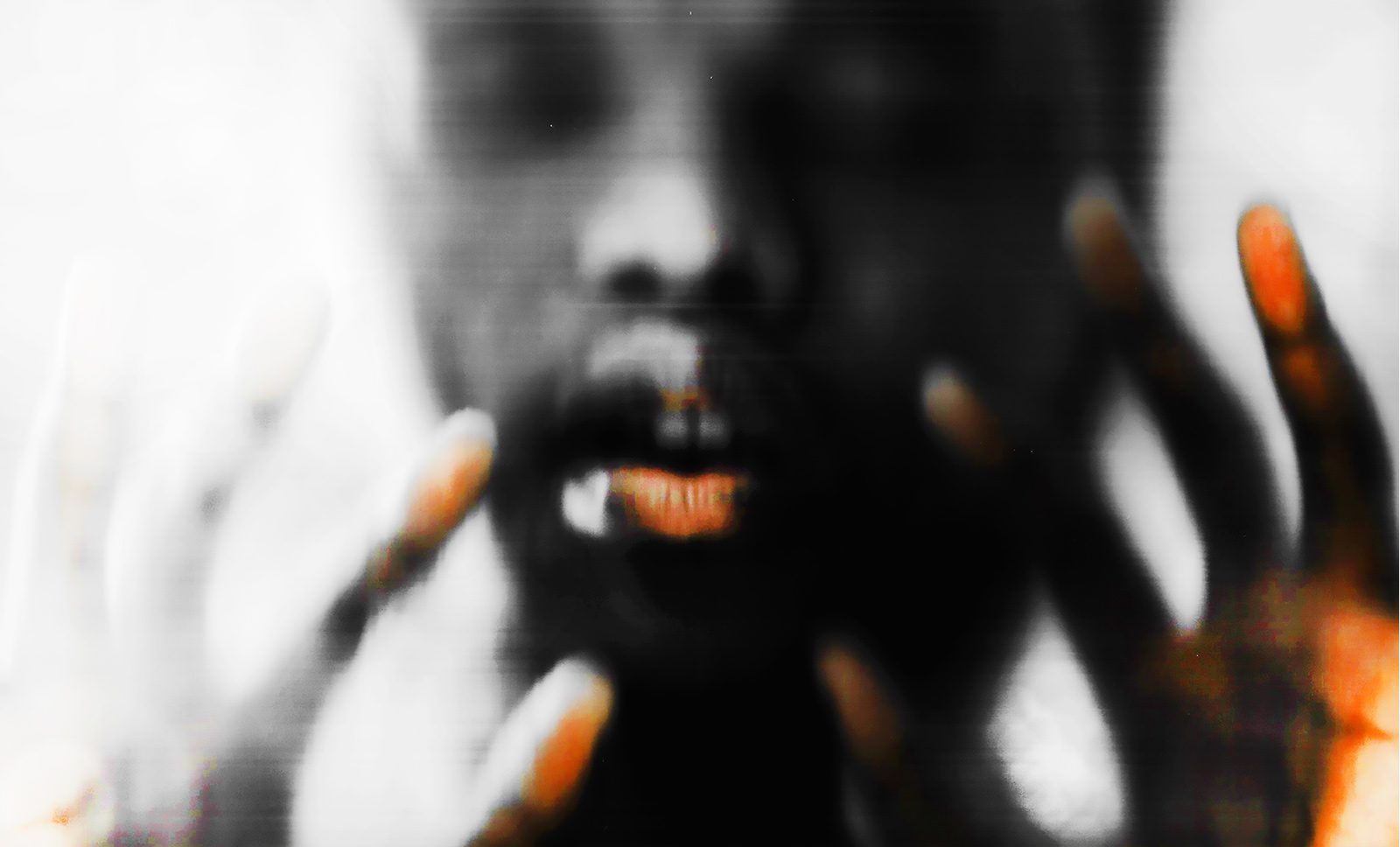We spoke to the Maputo-born artist Nuno Silas about his work in the online exhibition Dissident Planets, curated by Diogo Bento.

Nuno Silas, from the series The Intensity of Identity, 2019-2020. Courtesy the artist.
C&: You have lived in various countries and continents. How has that shaped your practice in relation to the mediums you explore?
Nuno Silas: I grew up in 1990s Maputo, a postcolonial, cosmopolitan modern city with a vibrant cultural scene. Since an early age, I have been interested in travelling. As I grew up, I decided to fulfil my quest to go through different experiences and cultures. Being in different places and cultures affects how we understand the world. I sometimes propose to myself that I work with this provisional understanding of places that I’m in, mixed with my cultural background. I’m mostly interested in psychic automatism exercises and in photography, which offers a fictional idea of something or a feeling. Consequently, it offers a range of possibilities to create new discourse and meaning. However, sometimes I try to avoid overthinking, since I work with interior impulses: rephotographing, overlapping, pixelating my portrait, and subsequently layering and making visual representations associated with a sense of desire, asphyxiated bodies, violence, and sometimes spiritual forces operating inside the body.
C&: You have an experimental attitude towards photography. What has been your progression with it?
NS: Experimentalism is fundamental to my conceptual ideas. The process of trial and error provides me with multiple options for exploring different techniques. On the other hand, it enables me to propose a new definition of art and unique contemporary representations of the world surrounding migration, identity, and power. When you look at my work, you can see ideas of repetition of the “self.” It recreates my sensitive awareness of the gaze towards me as a Black African immigrant in Europe. This practice examines my Black identity construction by showing the representation of the Black body in art in a myriad of ways. This is the progression of my art practice. Thinking about visual improvisation and repetition, it is a matter of simulating feelings and asking: Who am I? Answering this question is a particular political exercise of self-expression.
C&: You often recreate your own image in your work, but it doesn’t always represent you. Could you tell me more about your representation of the Black body and how you decide to explore it in relation to your audience?
NS: In the postcolonial world, the Black body has become a research theme in various fields, especially in Diaspora and African artistic representation, which draws critical meditation around colonialism and racism. This critical meditation aims at renewing our understanding and consciousness of Black history and visual arts, creating an association of symbols, proposing a contemporary discourse, and creating a decolonial narrative.
In Critique of Black Reason, Achille Mbembe argues that the Black body is related to a specific geography and physical elements associated with the racial condition—strangeness, inferiority, and “primitivism.” These in turn relate to concepts of power, class, and gender. So in my works, I reflect on the process of resistance and negotiation of space, not as an activist but as an artist, questioning why Black people’s phenomenology is often associated with fighting for something, surrounded by an uncertain atmosphere. And sometimes my artwork deals with imaginary representational feelings.
My work engages with finding a way to amplify Blackness – performing the Black experience, proposing a reflection on the physical, psycho-geographic, and political constituents of my condition. I have been thinking about expressing Black identities without photographing other people or mimicking them. For example, in Intensity of Identity, which I’m showing in the online exhibition, I use myself as an artistic object. I investigate different problems of the human condition, picturing, recreating, and dealing with identity in multiple forms to trigger different meanings. I have been creating works that can reflect an imaginary, a symbolic manner of proposing ideas of asphyxia, trauma, and power, not as an accident but as an aesthetic choice for an aesthetic effect. I believe these portraits have several meanings. They change depending on the interpretative context in which they are placed. I think art has the power to develop a new way to read the world. My visual metaphorical representations expose pain and sorrow.
Dissident Planets brings together five artists under the umbrella of the Catchupa Factory/Family Matters initiative. The exhibition attempts to expand the discourses around Afrocentric perspectives of the world and decoloniality, focusing on the diasporic experience. It is on view online until 22 January 2021.
Nuno Silas currently attends the African Verbal and Visual Arts and Curatorial Studies masters program at the University of Bayreuth, where he holds a scholarship from the Calouste Gulbenkian Foundation, Portugal. In his performances and installations, he explores the physical, psycho-geographic, and political constituents of his nomadic condition.
Diogo Bento is an artist and curator living and working in São Vicente, Cabo Verde. He is a founding member of AOJE, an organization dedicated to photography.
Interview by Will Furtado.
More Editorial